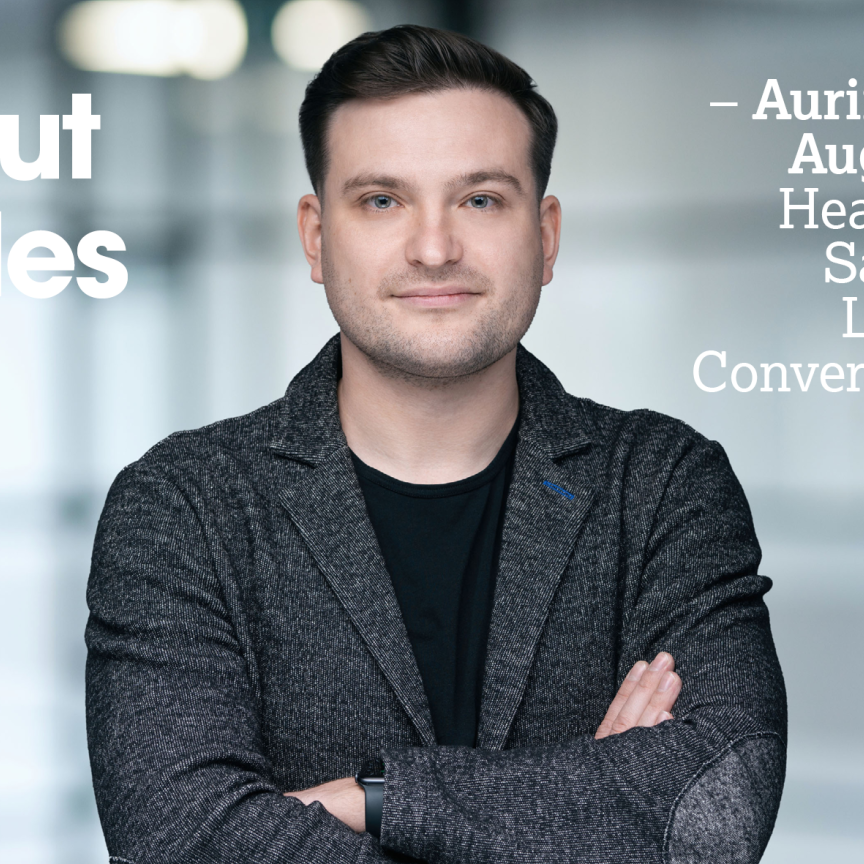Creating ultra-short phase stabilised pulses for high harmonic generation (HHG)
The generation of sub-20fs pulses is now routinely demonstrated and has been commercially available for several years. In recent years, however, the pulse duration has been driven down to sub-7fs or few-cycle regime by exploiting the full bandwidth capabilities of Ti:Sapphire-based laser systems. The Laser Quantum venteon product line offers world-leading performance, achieving sub-5fs pulse duration which is associated with an octave-spanning spectrum ranging from 600nm to 1200nm. In these ultrashort pulses, less than two optical cycles of the electric field are contained within. Additionally, as the pulse duration shortens close to the single-cycle limit, the influence of the carrier envelope phase (CEP) becomes ever more relevant and applications like high harmonic generation, frequency combs and attosecond science demand CEP stabilisation.
Many approaches to stabilising the electric field of an optical pulse in respect to its envelope have been shown in literature. All of them rely on interfering the fundamental spectrum of the laser with a frequency-doubled part or spectral components obtained by difference frequency, so that the changes of the offset phase can be extracted from the detected interference signal. The measurement of this interference then feeds back to the oscillator to establish a constant phase slip (carrier envelope offset frequency, CEO) between the carrier – propagating with phase velocity vph– and the envelope – travelling with group velocity vgr.
Both the venteon ultra and venteon CEP5 generate octave spanning outputs which offer several advantages over such methods as PCF. The phase-dependent control signal can be easily achieved by frequency-doubling the long wavelength components around 1160nm and interfering them in a simple f-to-2f-interferometer with the short wavelength edge of the spectrum around 580nm (see Figure 1). As only the outer wings of the spectrum are needed, these can be filtered off by a specially designed mirror which provides a useable output with <5fs pulses and less than 10% losses for the stabilisation, making this far more efficient than any other technical solutions. As a feedback to the Ti:Sapphire oscillator, the pump power is slightly modulated to stabilise the CEO. This can be done in a very narrow range, so that the output power of the oscillator is not affected. For controlling the long-term drifts, which are mainly caused by dispersive changes, motorised wedges are used inside the cavity to keep the oscillator running in CEP locked operation over days.

Figure 1: Laser output spectrum without filter for CEP stabilisation (red) and useable CEP stable output spectrum (green)

Figure 2: Typical few-cycle pulse with a duration as short as 4.8fs for venteon ultra (measured by venteon SPIDER)
As an example, generation of attosecond pulses or HHG relies on a highly intense laser pulse ionising an atom and accelerating the freed electron back to its parent ion. With a certain probability, it can recombine and emit the excess energy accumulated from the driving laser field as a high energy photon in the XUV spectral range. It was found in recent years, by many groups, that for a CEP-stabilised few-cycle driving laser, the cut-off region for this wide XUV spectrum can be compressed into a single attosecond pulse. Both the accessibility of a coherent and brilliant XUV source and the possibility of generating optical pulses with a duration in the range of interatomic processes, has triggered a breath-taking development and a whole new field of physics.
Unfortunately, the process of HHG is not very efficient and photon flux is a limiting factor for many applications, as only amplified systems could provide the intense laser pulses needed for the interaction. The disadvantage of the amplifier solution is the inherent low repetition rate, typically in the low kHz range. In order to fully understand the observations, many experiments require the presence of only one atom under investigation, which then often requires long measurement times and low statistics. However, in recent years, high repetition rate, few-cycle laser sources based on so called optical parametric amplification, have come to market and are able to push the frontier of feasible studies one step further. With these novel light sources that can be easily CEP stabilised, carrier envelope phase dependent HHG, with more than 200kHz up to MHz repetition rate, has been demonstrated. Even more, these systems are now available as commercial products (venteon OPCPA) making these driving lasers available to non-laser expert researchers.

Figure 3: The venteon OPCPA, the first commercially available OPCPA system
As the technology is scalable and currently undergoes rapid development, high photon flux XUV and attosecond pulses are now within reach.
For further information please contact Laser Quantum, e: info@laserquantum.com

